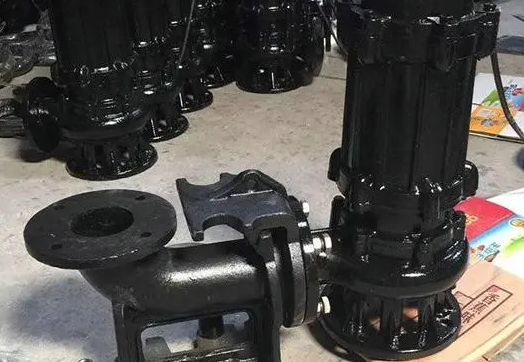Analysis of overload tripping of submersible sewage pump
Submersible sewage pump overload tripping is a common problem, and its possible causes are varied. The following is a detailed analysis of submersible sewage pump overload tripping:
1. Motor overload
Excessive load: During the operation of the submersible sewage pump, if the load is too large, the operating current will exceed the rated current of the circuit breaker, causing a trip. This may be caused by blockage of the water pump pipeline, too thin pipeline diameter, too long pipeline head, foreign matter blocking the suction impeller, lack of oil or damage to the bearing, etc.
Cable problem: Loose screws at the cable terminal, too thin cable diameter or poor sealing leading to water leakage, and too small circuit breaker selection may all cause motor overload.
Power supply voltage problem: Unstable or too low power supply voltage may also cause the submersible pump to fail to work properly, thereby causing an overload trip.
2. Equipment leakage
Equipment aging: Equipment aging, poor installation, and damage to internal components may all cause the pump to trip due to leakage. Working in a humid and dusty environment may also cause insulation performance to deteriorate, causing a leakage trip.
Installation problem: If the water pump is not installed correctly or the grounding is poor, leakage may also occur.
3. Other reasons
Motor overheating: When the submersible pump runs continuously for too long, a certain amount of heat will be generated inside the motor. If the heat is not dissipated in time, the motor will overheat, and eventually the submersible pump will overload and trip.
Improper use: Improper water source, incorrect pump selection, low water level, etc. will cause the submersible pump to overload and trip.

4. Treatment method
Check and clean the pipeline: Check whether the water pump pipeline is blocked or the diameter is too thin. If necessary, clean or replace the appropriate pipeline.
Check and maintain the motor: Check whether the water suction impeller is blocked by foreign matter, whether the bearing is lacking oil or damaged, and if necessary, clean, add oil or replace the bearing.
Check the cable and power supply voltage: Check whether the screws of the cable terminal are loose, whether the cable diameter is too thin or not well sealed, and whether the power supply voltage is stable. If necessary, tighten, replace the cable or adjust the power supply voltage.
Update equipment: For aging equipment, consider replacing a new water pump to improve insulation performance and safety.
Improve the working environment: Try to avoid using the water pump in a humid and dusty environment or take corresponding protective measures.
Install a leakage protector: Install a leakage protector in the power supply system to automatically cut off the power supply when leakage occurs.
Control the use time: Avoid the submersible pump from working continuously for a long time, and properly control the use time to reduce the risk of motor overheating.
Regular maintenance: Regularly repair and maintain the water pump and check whether the internal components are damaged to ensure the normal operation of the submersible pump.




